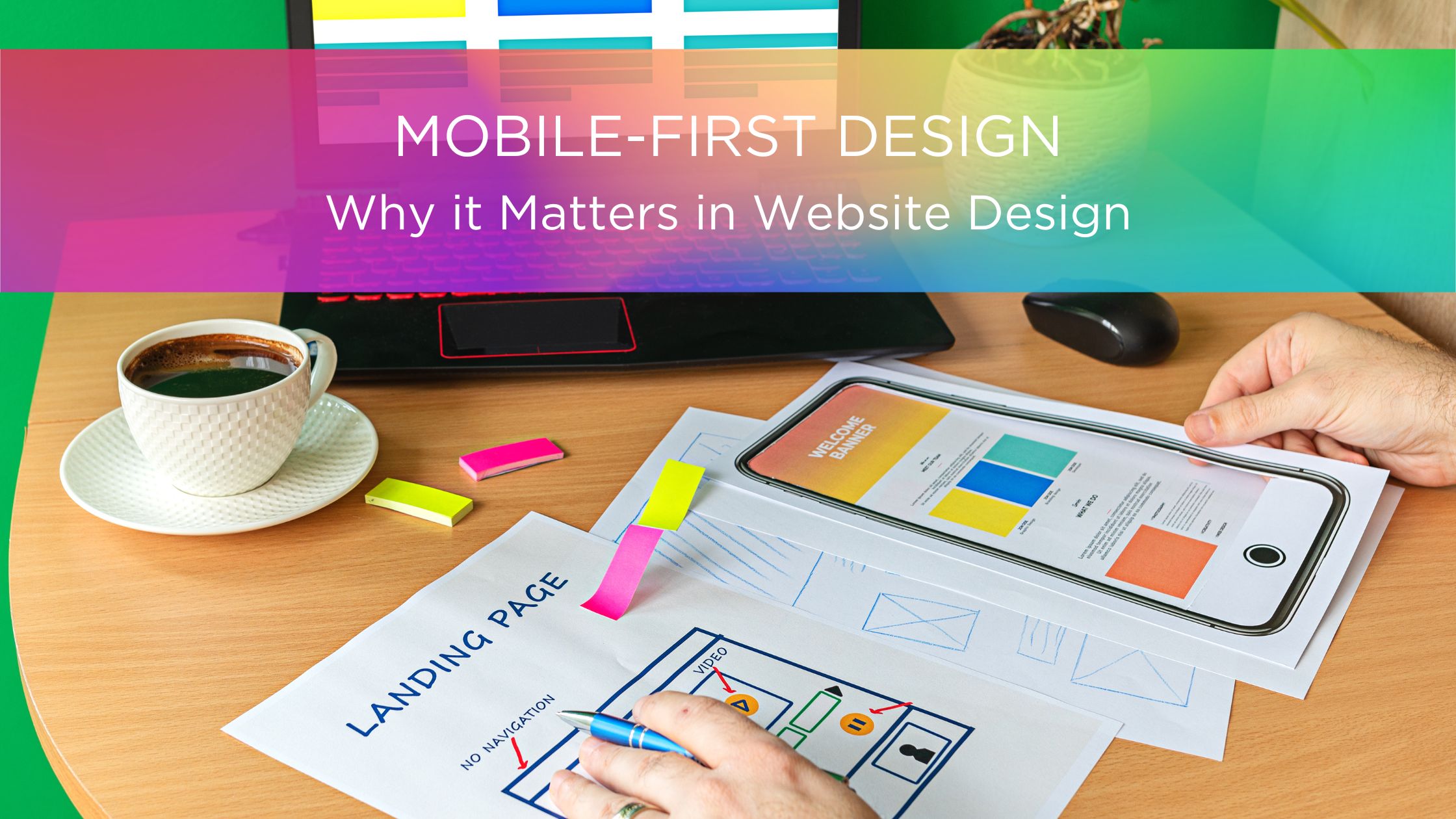Mobile-first design is a design philosophy that prioritizes designing for mobile devices before designing for desktop or larger screens. With mobile devices becoming the primary way people access the internet, it’s more important than ever to adopt a mobile-first approach in website design.
Here are some reasons why:
Improved User Experience: Mobile-first design puts the needs of mobile users first, resulting in a better user experience. Mobile users have different needs and behaviors than desktop users. They are typically on-the-go, have limited time and attention span, and often use touchscreens. A mobile-first design approach ensures that the website is easy to use, navigate, and interact with on a small screen, making it more engaging and accessible for mobile users.
Better Performance: Mobile-first design also results in better website performance. Designing for mobile devices first means that the website is optimized for smaller screens, which can improve website loading speed and reduce page weight. This is crucial because mobile users are often on slow or unstable connections and have limited data plans.
Improved SEO: Google now prioritizes mobile-first indexing, meaning that the search engine crawls and indexes the mobile version of a website first. If a website is not mobile-friendly or takes too long to load on a mobile device, it can negatively impact its ranking in search results. By adopting a mobile-first design approach, website owners can ensure their website is optimized for mobile devices and improve its SEO performance.
In conclusion, a mobile-first design approach is crucial in website design to improve the user experience, website performance, and SEO. It’s important for website owners and designers to prioritize the needs of mobile users and design with mobile devices in mind.





